id Software
Video game company
1991-
The history of id Software
One of the most influential game developers of all time id Software is the video game company founder of Doom, Quake and most recently Rage. It was founded by John Romero, John Carmack, Tom Hall, Adrian Carmack, and Jay Wilbur.
Timeline
Softdisk
1981-2016
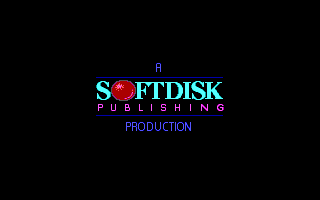
A computer software subscription company based in Shreveport, Louisiana. Al Vekovius was the head of the company. Softdisk would send a disk every month for a fee of $9.95 to its subscribers. In an effort to expand its business Al decided to open up a branch dedicated to video game development.
Gamer's edge
1989-1993

In 1989, Al Vekovius called Jay Wilbur seeking him out to head the gamer's edge division. Jay, brought along John Romero and Lane Roath. Later on Jon Carmack was brought along as well as Tom Hall and Adrian Carmack.
This is where the founding members of id software met. They were all hired to work at Gamer's edge developing games.
At the time the video game market was most popular around consoles and out of the PC world since consoles were far more powerful, but John Romero was fascinated by PC’s and thought they were the future of gaming. The PC's of the day were not powerful enough to handle side scrolling, the main feature found in the most popular games at the time. This was one of the reasons consoles were so dominant in the market but Romero managed to convince Al that Gamer's edge should focus on making games for PC's.
Dangerous Dave in "Copyright Infringement"
1990
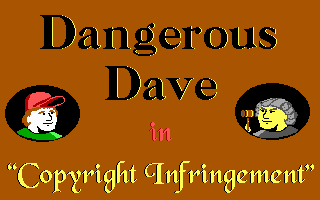
The first scrolling game for PC was developed by John Carmack at Softdisk offices in 1990
One late night at Gamer's edge John Carmack was showing Tom Hall a new feature he was developing, sidescrolling. Overnight, John Carmack and Tom Hall replicated the first level of Super Mario Brothers 3 on a PC. The next morning, when John Romero saw this he decided to convince the Gamer's Edge team to quit their current jobs and to start their own company.
The problem they had was that they didn't own their own equipment, so they wouldn't be able to develop anything on their own. What they did was they took borrowed Softdisk's equipment. After Softdisk's closure time and on weekends, they would take out the equipement and load it into their cars to take it to their lake house and would bring it back in before anyone was able to find out.
The first idea that they had was to create an exact replica of Mario 3 and contact Nintendo to show them their new technology. Their hope, strike a deal with Nintendo. They thought that Nintendo would pay good money for porting their games to PC. Nintendo, on the other hand, wasn’t interested on moving out of their own consoles, they figured that the only reason people would buy a NES was to play Mario and they wanted things to stay that way. Regardless, the id team didn’t let this get them down.
Apogee
1980's
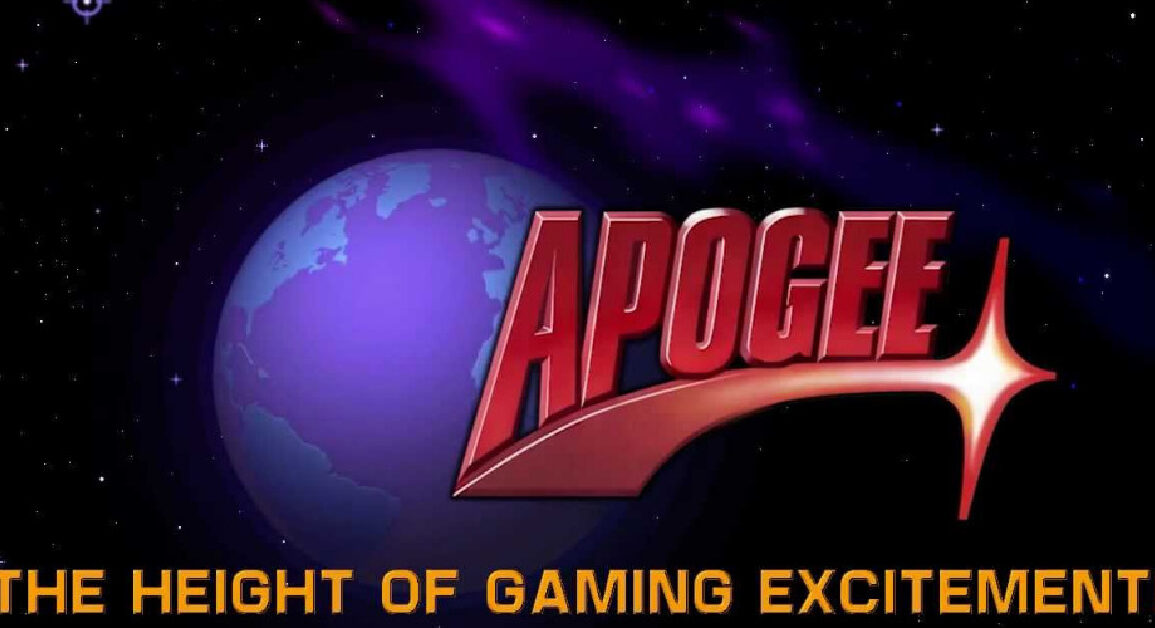
A shareware independent company owned and ran by Scott Miller.
Scott Miller was a game developer that created his business out of an emerging concept, shareaware. His first idea came from Andrew Fluegelman, founding editor of PC magazine. His idea, publish programs on the internet and wait for people to send in "appreciation" money. This idea seemed brilliat to Scott, it was a 20$ million dollar industry. The only problem was that gamers weren't interested in showing their appreciation. When Scott uploaded his first game in shareware no one sent him any money in regards to the game. So, he had to come up with a solution. Rather than giving the entire game for free, he would partially publish a game. If gamers wanted to play the rest of the game they would have to send in a check to get a disk containing the rest of the games levels. His business brought in over $150,000 dollars only by word of mouth, and that was before he got in touch with John Romero.
Scott Miller got a hold of one of John Romero's games, Pyramids of Egypt, and found it amazing. He liked the game so much that Scott sought out for John Romero. The only problem was that Romero was working for Softdisk. At the time, gaming companies were on the look out for head hunters looking for talented programmers. The only way to contact Romero was with fan letters.
Commander Keen
December 14 1990
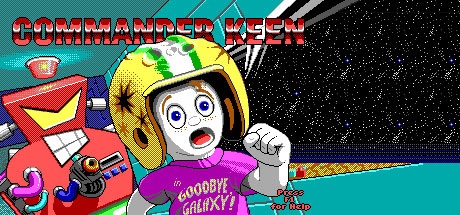
Apogee publishes Ideas from the deep's first game, Commander Keen
id Software
February 1 1991

On February 1st id Software is founded, the Gamer's edge team strikes a deal with Softdisk and agree to develop a game for them every two months.
Hovertank
April 1991
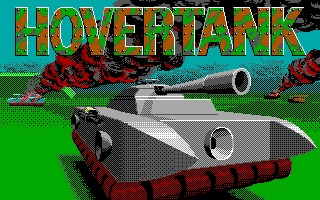
A fast-action first person shooter developed for PC. Looking to improve on their new technology John Carmack decides that the next best move is to move towards 3D. In 6 weeks he developed a solution for first-person shooter 3D games and the id team decides that their new game should be Hovertank.
Keen Dreams
1991

For a game for Softdisk the id team decided to stick with Commander Keen game but as a new technology they decided to develope parallax scrolling, again innovating in the world of the PC.
id license to Apogee
1991
Over the summer Scott Miller brought some game developers for Romero to show off the Commander Keen engine and he licensed the technology to Apogee.
Catacomb 3D
1991
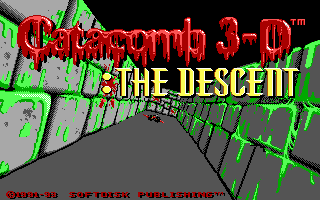
A 3D game that made use of texture-mapping for the first time. Although the idea came from Paul Neurath, from Blue Sky Productions, id Software launched its application first.
Wolfenstein 3D
May 5 1992

The latest game from id software that entangled all of John Carmacks newly built technologies for a first-person shooter. The game reached all corners of the world and sparked huge controversy for its violence and its tendency to cause motion sickness due to its immersion. Id software was confronted by the German government for their depiction of Nazis and swastikas.
Spear of Destiny
September 18 1992
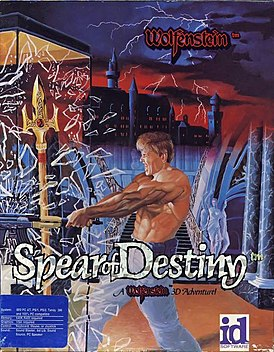
Nintendo porting of Wolfenstein
1992

Nintendo strikes a $100,000 deal with id software to port Wolfenstein to the nintendo system on a couple conditions. No blood and no shooting dogs.
Even though id software popularized they still kept their work ethic. As soon as they would release a game they would set out on developing another one. As they finished Wolfenstein they were left with a big whole to fill due to its great success. The team, split, decided on either focus on demons or continue the Commander Keen saga. Being John Carmack the most innovating member of the team they decide to go with his idea. Tom Hall was let go soon after.
The team now as one, with the new game designer Sandy Petersen, is set on developing their new game.
Other problems arouse from Apogee so the team decided to go their seperate ways, away from Scott Miller. Now people are urging the team for the release of their new game and they don't have a publisher anymore. So, they come up with the idea to publish through magazines. At the time it was common to sell shareware to magazines for a profit and use that as advertizing.Id software gives them their shareware for free and only asks them to "move it in quantities".
Doom
December 10 1993
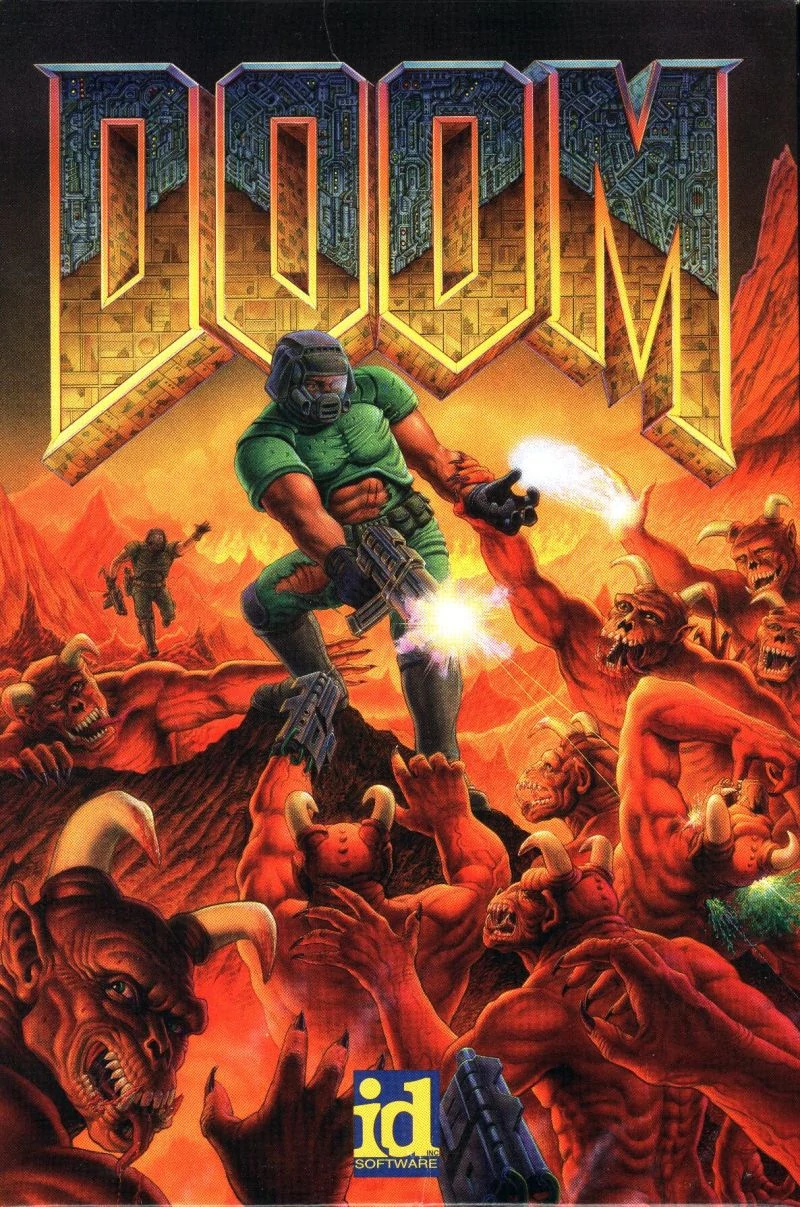
Doom is released to the public. The game is another groundbreaking marble of technology. The game has diminished lighting where there is depth lighting, it has arbitrary polygons for different wall heights and it has networking for co-op playing and deathmatch mode.
It's a Friday night, the team put in the last 30 hours non-stop checking for bugs before release and the network at Wisconsin university was flooded with eager gamers waiting for the long awaited Doom. As the clock strikes midnight the team is trying their best to upload the game but the network is full and they’re not allowed in. They must kick everyone out in order to upload the game. Doom was finally published to the internet on December 10 of 1993.
GTI deal for Doom II

id signs a deal with Good Times Interactive to sell in retail Doom II for 2$ million dollars.
One thing that John Carmack and John Romero agreed on as programmers was to keep the code open source, despite their success comming mainly from their ability to innovate and stay ahead of their competitors. Although the main engine would stay hidden, and sometimes licensed, the games were coded so that they could be easily moded.
Doom II
October 10 1994
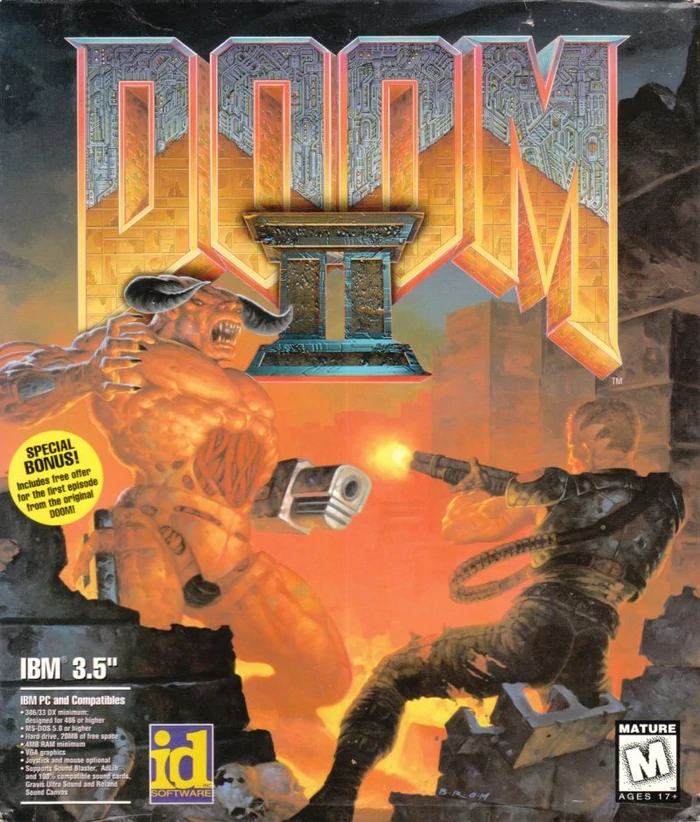
Doom II went on to sell two million copies, making it the highest-selling id Software until it was eventually passed up by Rage in 2012.
DWANGO
December 23 1994
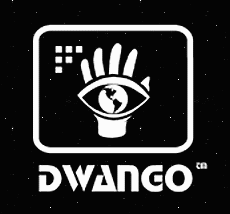
DWANGO was multiplayer fee-based server for Doom. Ran by Bob Huntley, by 1995 10,000 people from around the globe were paying to use their servers to play Doom deathmatch.
WinDoom
March 1995
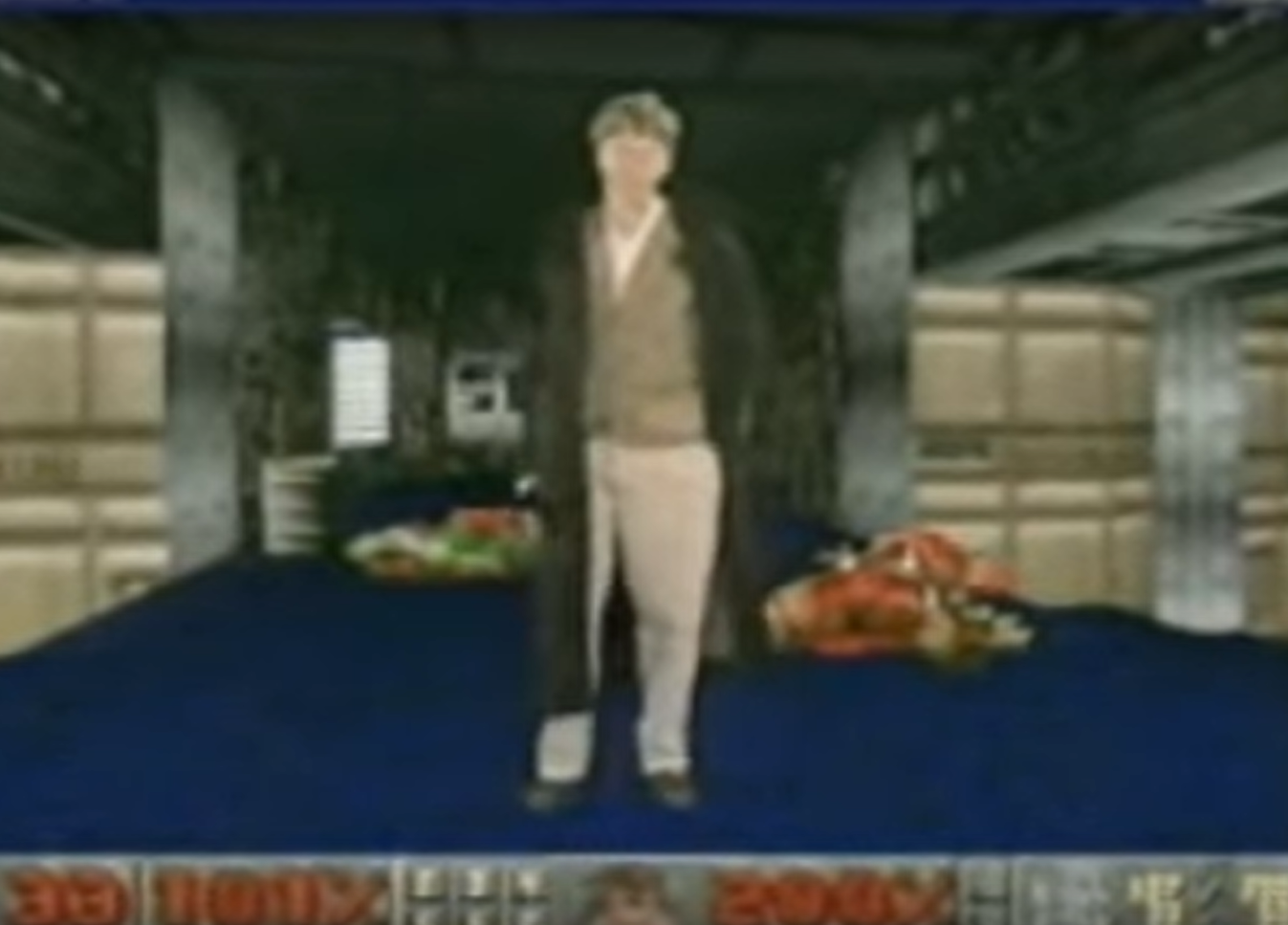
Alex St.John, an employee at Microsoft, approached the id team and asked them to port Doom to their upcoming Windows 95 system. The id team had no interest in making a port for windows since their version was running well on DOS. Alex told them they wouldn't have to do a thing, he would take care of everything, they agree.
Quake
June 22 1996
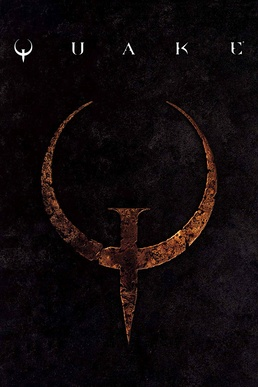
Quake is one of the first games to be able to play on the internet. This made its multiplayer game very popular.
By this time id was having internal problems. Romero, was out living the life of a rockstar. He would be out talking to the press, the fans and working with other companies on new video games. Carmack, on the other hand, wanted to do nothing other than focus on their next game. Little by little tensions started to rise and Carmack was slowly finding a replacement for Romero. Romero took no interest in Carmacks new hirings but when he was confronted by Carmack he had decided that his time at id was over. He called up Tom Hall and started to make plans for a new company. Though planning to leave, Romero stayed for the duration of the development of Quake and up until its release. By the time the game was ready to be published, Carmack asked for his resignation. He agreed.
Quake II
December 9 1997
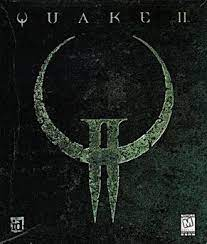
Quake II was extremely well received by reviewers and gamers alike. It sold over one million copies. Quake II was the most popular online game for all of 1998.
Quake III
December 5 1999
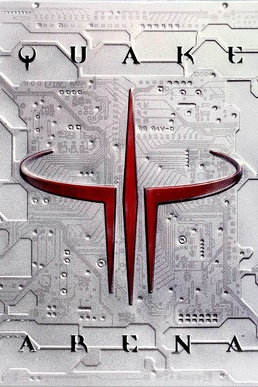
This version of Quake differed from the other ones in that it didn't have a story mode. The game solely focused on multiplayer. Out of this game came id's most successful licensing deals.
Doom III
August 3 2004
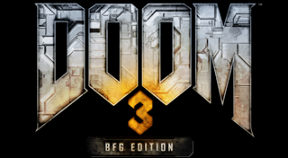
The game was a commercial success estimated by Activision at $20 million. It was one of the top selling games of 2004. id Software also typically benefits from licensing the engine to other developers. Several games have already been developed using a modified Doom 3 engine, including Quake 4, Prey, Enemy Territory: Quake Wars, Wolfenstein and Brink.
<Quake IV
2005
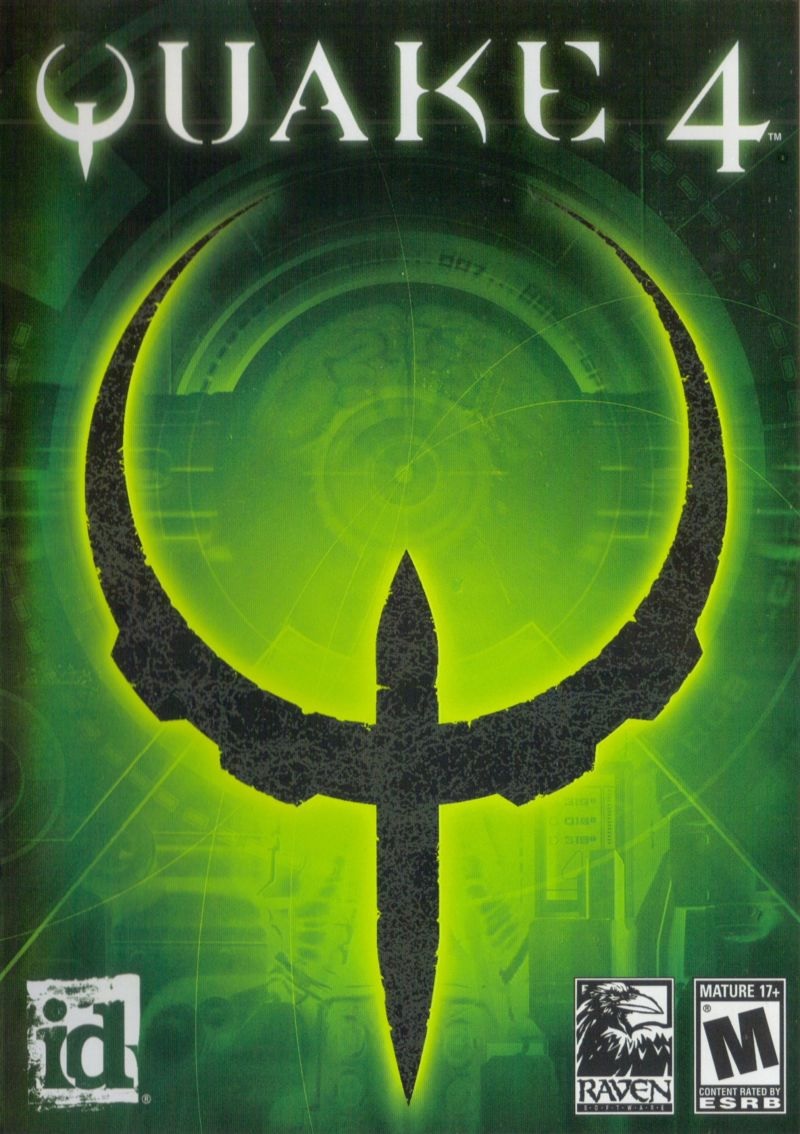
Developed in conjunction with Raven Software
ZeniMax
June 24 2009

On June 24 of 2009 id software was bought and became a subsidiary of ZeniMax. The company that created Bethesda.
Rage
October 4 2011
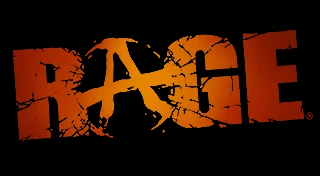
Rage has sold over three million units worldwide. It makes use of id's new Tech 5 engine.
Rage 2
February 18 2021
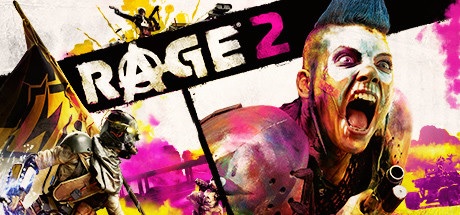
Their latest game developed.